On March 5, 1836, 26-year-old Colonel William Barret Travis, commander of the Texan garrison at the Alamo, was tired. He had been appointed as Commander of the Alamo by the hastily assembled Republic of Texas Provisional Government and had been given instructions to burn the mission to the ground and take all of the troops to rendezvous with General Sam Houston and the Texas Army.
After his appointment, he had dealt with dissension in his ranks, leading to a split leadership between himself over the Texas Regulars and Colonel Jim Bowie over the militia. This, compiled with a promise of men and aid from Goliad, led to the decision to hold the mission at all costs in an attempt to slow down the advance of Santa Anna and the Mexican Army, buying General Houston precious time to recruit more volunteers and train them into a viable fighting force.
Along with the newly appointed Colonel David Crockett, former US Congressman from Tennessee, and his volunteer force, they, along with a total of 180 volunteers, had held the fort for 12 days against the Mexican siege. These were 12 days of constant bombardment from cannon in squalid conditions. They were regular people, all volunteers, who had decided that some things were worth fighting for.
In the beginning, Santa Anna had offered a surrender agreement. The surrender agreement would guarantee the lives of the defenders but would sentence the officers to death. The reply was short and resounding – a cannon shot from the walls of the Alamo. This refusal meant both sides would dig in and wait for the inevitable clash.
Over the 12 days, Colonel Travis had sent many letters asking for aid. They needed more men, more guns, and more supplies. Their closest help was in Colonel James Fannin and his force in Goliad, and he wasn’t budging. In these letters, you can read the hope that he had for the future of Texas and the conviction that he and others in the Alamo held.
Knowing that a Convention was meeting to decide the future of Texas, he penned the following on March 3, 1836: “If these things (supplies and munitions) are promptly sent, and large reinforcements are hastened to this frontier, this neighborhood will be the great and decisive battleground. The power of Santa Anna is to be met here or in the colonies; we had better meet them here than to suffer a war of desolation to rage our settlements. A blood-red banner waves from the church of Bexar, and in the camp above us, in token that the war is one of vengeance against rebels; they have declared us as such, and demanded that we should surrender at discretion or this garrison should be put to the sword. Their threats have had no influence on me or my men but to make all fight with desperation, and that high-souled courage which characterizes the patriot, who is willing to die in defense of his country’s liberty and his own honor.”
On that very same day, he also penned a letter to Jesse Grimes. Jesse was one of the settlers of Stephen F. Austin’s second colony and was a member of the Republic of Texas Provisional Government. Colonel Travis addressed him personally when he very candidly shared the sentiment of the defenders of the Alamo: “Let the convention go on and make a declaration of independence, and we will then understand, and the world will understand, what we are fighting for. If independence is not declared, I shall lay down my arms, and so will the men under my command. But under the flag of independence, we are ready to peril our lives a hundred times a day, and to drive away the monster who is fighting us under a blood-red flag, threatening to murder all prisoners and make Texas a waste desert. I shall have to fight the enemy on his own terms, yet I am ready to do it, and if my countrymen do not rally to my relief, I am determined to perish in the defense of this place, and my bones shall reproach my country for her neglect.”
This letter was dispatched a day after the Convention had issued a Declaration of Independence and declared to the world that Texas’ “political connection with the Mexican nation has forever ended, and that the people of Texas do now constitute a free, Sovereign, and independent republic, and are fully invested with all the rights and attributes which properly belong to independent nations…”
Travis didn’t know that the independence he was willing to fight and die for had already been declared.
When it was obvious that no help was forthcoming and that the final Mexican siege was imminent, Travis did something that most modern commanders wouldn’t dream of doing in a similar situation. He gave the men a way out.
On the afternoon of March 5, 1836, Colonel William Barret Travis, a 26-year-old with the weight of an entire fledgling nation on his shoulders, assembled the troops in the courtyard of the Alamo. Assembled and in a line, he began quietly and deliberately to explain the situation facing them all. It was grave. He shared with them that the hope of assistance had all but disappeared. Fannin wouldn’t be coming. Houston wouldn’t be coming. No more volunteers would be coming. There would be no more supplies. No more gunpowder. No more ammunition. The situation was as good as it would ever get and would only deteriorate.
He laid out their options as succinctly as could be done. There was no need to sugarcoat it. They were all experiencing it with him, and they knew what the options were and had all been thinking about it. Be that as it may, he listed them out.
They could surrender and be executed. They could all try to escape in the night and be cut down by Mexican cavalry. They could fight until they were killed.
Three options were given, but, in the end, only two choices were presented.
Colonel William Barret Travis withdrew his cavalry sword with a flourish, placed the tip in the sandy earth, and dragged the sword to form a line in front of the assembled men. The mission was deathly quiet, and he stood on one side of the line, facing the rest of the defenders standing on the other side.
With as much composure as he could muster, given what they had been through, Colonel Travis looked at them and gave them a choice. He declared that he would stay and defend the garrison as was his duty and as long as he drew breath. It was what he had committed to do, and it was what he knew was right. He then issued a simple invitation to everyone else, that if they wished to join him in fulfilling this duty then they could step over the line and join him. If not, then they were free to leave in any manner they felt was best.
Without hesitation, the men began stepping across the line. Individuals, by twos and threes, they all stepped across with the exception of Colonel Bowie. He was dying and lay on a makeshift stretcher. In a bellicose voice, and blowing on his last embers of life, he commanded someone, anyone, to carry him across the line.
In a scene that defies comparison today, there stood the 26-year-old Colonel William Barret Travis, shoulder-to-shoulder with 180 men from every imaginable background on one side of a line and no one on the other side. The choice had been given, and the decision had been made.
With this final dramatic act, the course had been set that would lead the men of the Alamo to their destiny. Orders were given, and positions were taken. The fort was to be held as long as possible while causing the maximum amount of casualties to the Mexican Army.
Before sunrise on March 6, 1836, the Mexican Army began their final assault. Almost immediately, Colonel Travis died with a gunshot wound to the head. One by one, the defenders fell. As the Mexicans took ground, the Texans would fall back deeper into the mission, regroup, and keep fighting. The battle raged until the 180 defenders lay dead next to almost 600 of the invaders. The sacrifice of the Alamo defenders lit a fire that burned in the hearts of Texans, inspiring them to victory at San Jacinto. It is a fire that burns in us to this day.
While history focuses on the sacrifice at the Alamo on the 13th day, I believe that the most important part of the Battle of the Alamo exists on the 12th day. The 13th day spoke to the people of Texas at a time of war and open military conflict. It is on this day, at this time, that the 12th day speaks to us. In it, we find the most precious and most overlooked lesson of the Alamo.
And while historians may debate over whether it actually happened, to Texans everywhere, it carries a mystical significance and a simple lesson.
We have a choice.
The line in the sand scrawled by Travis has become a political slogan and symbol to groups and individuals who do not really understand its purpose and/or comprehend its deeper meaning. They use it as a line between one group and another, indicating that it is about “us on this side” versus someone else on the other. But this is not its meaning.
The line in the sand was about the individual. It was about making a personal decision to do the right thing even when victory was not assured. It was about choosing to live, while they could, for principles that had meaning. And it meant choosing a glorious and honorable death for those same principles if required.
Travis, perhaps by accident or perhaps showing wisdom beyond his years, in one act, taught us a lesson for the time that we are in now.
The situation, albeit short of an invading army set on burning Texas to the ground, is no less serious. We are faced with a Federal Government and its minions who have shown contempt for the Constitution and freedoms that we cherish and have set out to economically, politically, and culturally subdue or destroy Texas. The stakes have never been higher. This is for our very right to exist as a free and independent people.
Our options are limited. We can accept the situation and thereby acquiesce in the destruction of our liberty. We can take half-measures and only prolong the inevitable. We can embrace the philosophy of men like Colonel Travis and gain our independence.
This final option, exercised now, offers us an opportunity that the men of the Alamo did not have – the opportunity to live for a cause rather than die for one.
I repeat the words of Colonel Travis: “I shall have to fight the enemy on his own terms, yet I am ready to do it, and if my countrymen do not rally to my relief, I am determined to perish in the defense of this place, and my bones shall reproach my country for her neglect.”





Comments are closed.